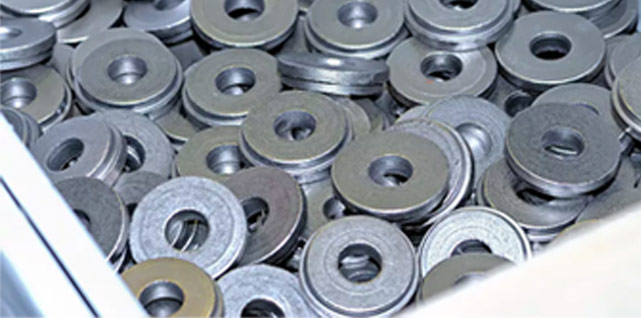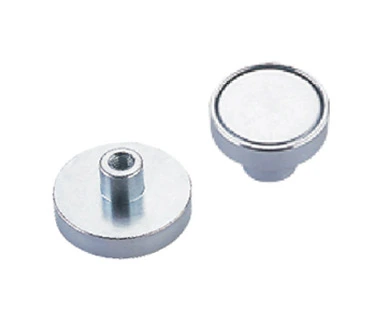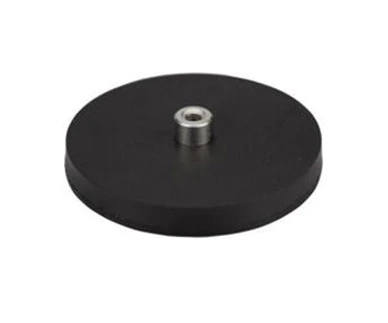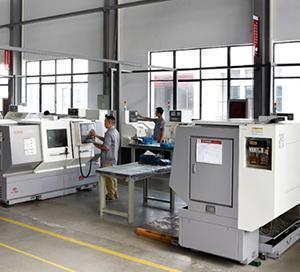- Home
-
Products
Separators
-
Industries
Motor And Generator Electronis Lifting And Holding Audio Components Sensor Building Industries Phone Art Craft Model Science And Research Aerospace Plastics Recycling Food And Food Processing Grain And Milling Powder And Bulk Solids Automotive Manufacturing Steel Processing And Handling Engineering Pharmaceutical Industry Chemical Processing
- Custom
- Resources
- Company
 English
English 日本語
日本語 한국어
한국어 français
français Deutsch
Deutsch Español
Español italiano
italiano русский
русский português
português العربية
العربية





